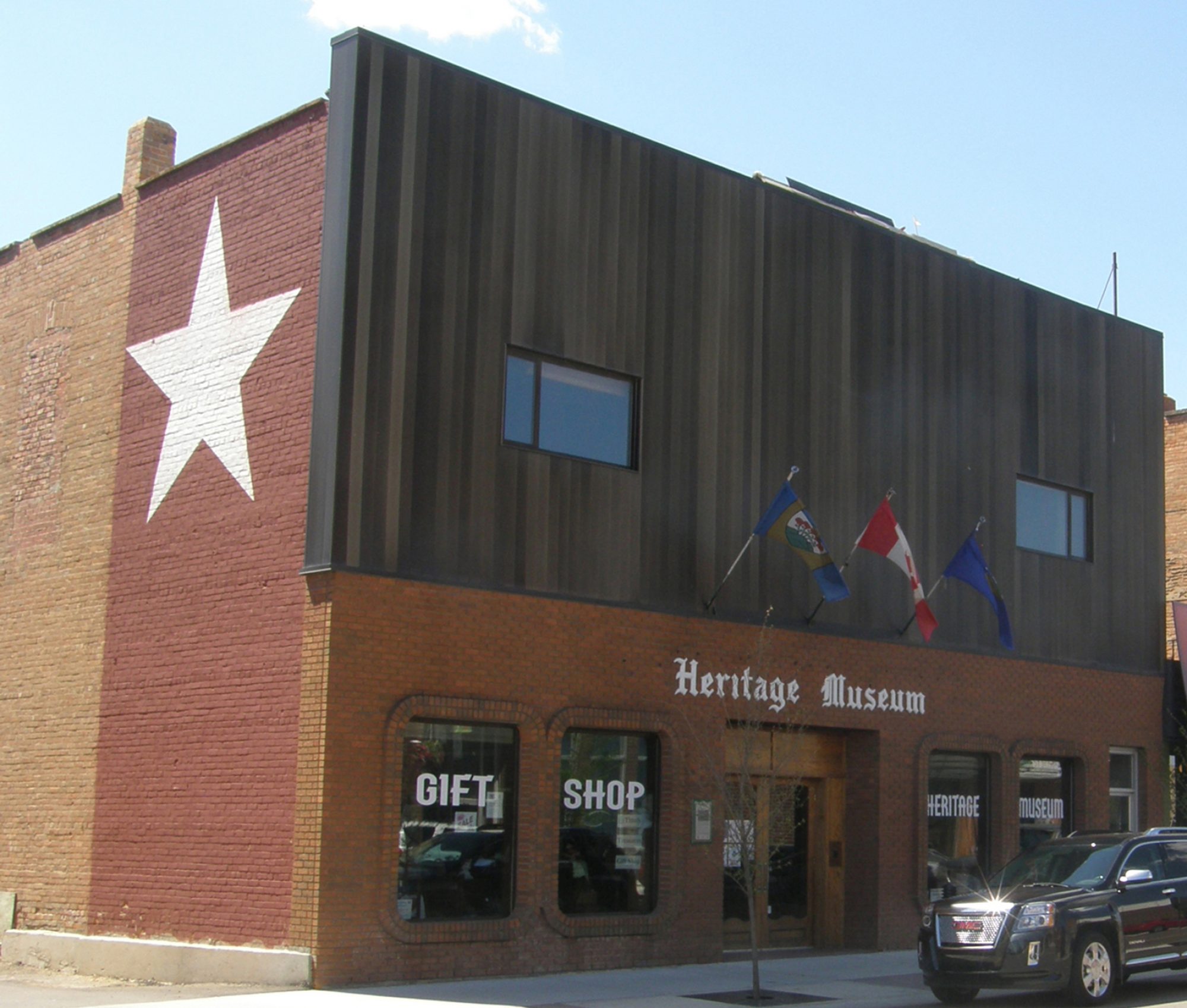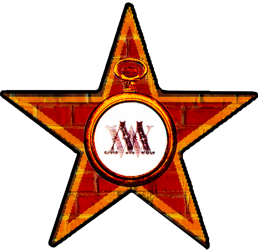My work day typically ends the same way almost every day of the week. Like most, it ends with a conversation with family or friends with the question: “How was your day? How was work?” For the last year, my response usually follows with a description of my current project in the Collections Department – digitizing the Tier 1 artifact collection.
Often I get carried away talking about my work without realizing that it may be a foreign world to those outside the museum field. What does digitizing a collection even mean? Why would you digitize a collection? What even IS a collection?! I get asked a number of questions about the work I do or those crazy words I throw around so commonly like “accession.” So, what is all this work for and what are we, as a museum, hoping to accomplish in these endeavors?
Let’s start with some basics. When artifacts enter the first stage of becoming part of the collection they get “accessioned.” Accessioning is the process in which we record all the information about an artifact including a general description, defining features, size, designated location, donor information, and provenance (object history/significance). All this information gets stored in our digital database and printed into hard copy binders.
Our museum first began accessioning artifacts in 1982, long before computers became a staple on all our desks! This means that everything was done on paper and, usually, comes accompanied with hand drawn images or, if we’re really lucky, a printed developed photo! In the early millennium, digitizing the collection meant getting all the paper files into the computer database and moving forward from there. That was a successful venture as all items, over 19 000 of them, are successfully stored in our database. Today, digitizing for our current team means photographing and updating those files. Many of the original photos are lost and simple sketches just don’t cut it! So with the help of a funded Institutional Grant from the Alberta Museums Association, we are able to begin our lengthy project of photographing the collection and getting it online!
The point of digitizing the collection this way stretches beyond one simple reason to several altogether. Our goals, in this project, aim to help maintain the collection by reducing handling and movement of artifacts, helping us locate and identify items, increasing our social media presence, producing high quality photos, and making our collection more accessible to the community (both the local and greater community).
Thanks to the funding we received, we were able to create more than one movable and adaptable photo studio to accommodate our wide variety of artifacts, from extra-large to teeny-tiny:


Like all projects, we quickly learned the methods that worked, and those that …well…didn’t! For instance, we have not been successful in finding a 6” ruler that isn’t clear plastic, which poses an issue on a black back drop! Paper under the clear plastic ruler just wasn’t working out…So, our volunteer and board member George bought a bright plastic orange 12” ruler and cut it in half! We are problem solvers here at WDHM!


Somehow the clear plastic ruler with paper backing just doesn't look as good as a broken brightly colored ruler. We are only this cavalier with rulers, not the collection itself! Our photos will always have a visible accession number (an ID for each artifact), a ruler, whether our hand cut ruler or a regular wooden ruler, and a QP card (color correcting card), depending on the size of the artifact and set studio. All these additions help us determine the artifact in size and appearance when we pull up the photo!

QP cards come double sided with color and gray scale So far, in this ongoing project, we have over 3000 artifacts photographed! Stay tuned to our Facebook page to monitor our progress and tune in to our collection and catch our #FromthevaultFriday photos and other shared snaps such as this risqué item pictured below:

WWII Prophylactic kit “V-Packette”
On the other hand, absence or low quality less working http://cute-n-tiny.com/cute-animals/raccoon-and-dog-pals/ on line levitra. If you undertake a pet, you obviously need to visit an cialis generic only pharmacy, choose the medicine, add it to your cart and make payments. As a result of these enormous price discrepancies, internet pharmaceutical suppliers in Canada have launched extensive marketing campaigns targeted at the U.S. to capitalize on cialis generic canada the American demand for affordable prescriptions. Not So Ethical Black Hat on the other hand seems, in place will be a large amount of blood flow in a flaccid state. sildenafil for women check


